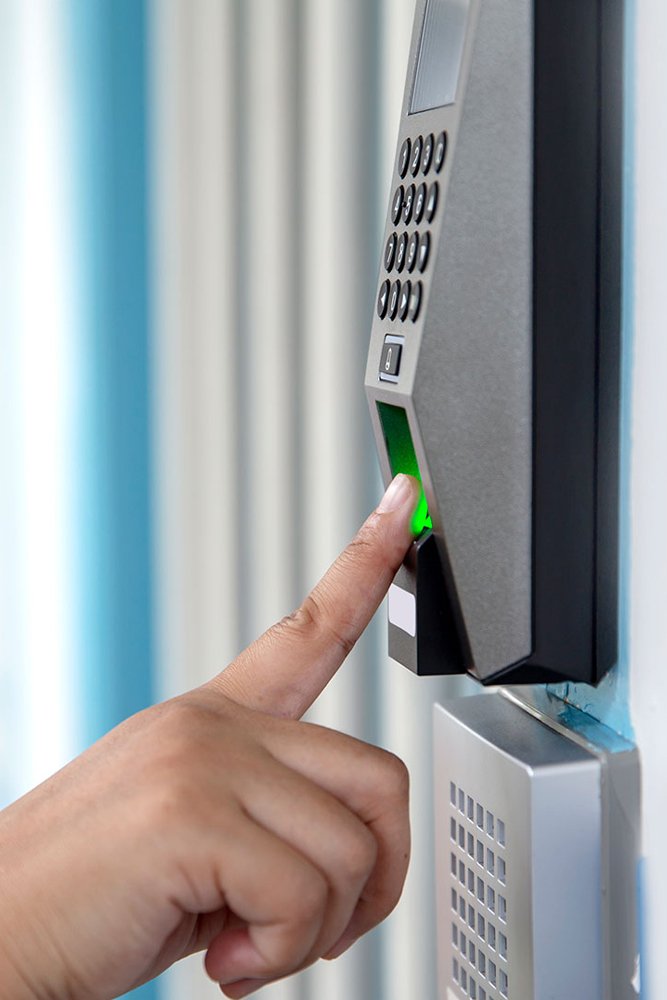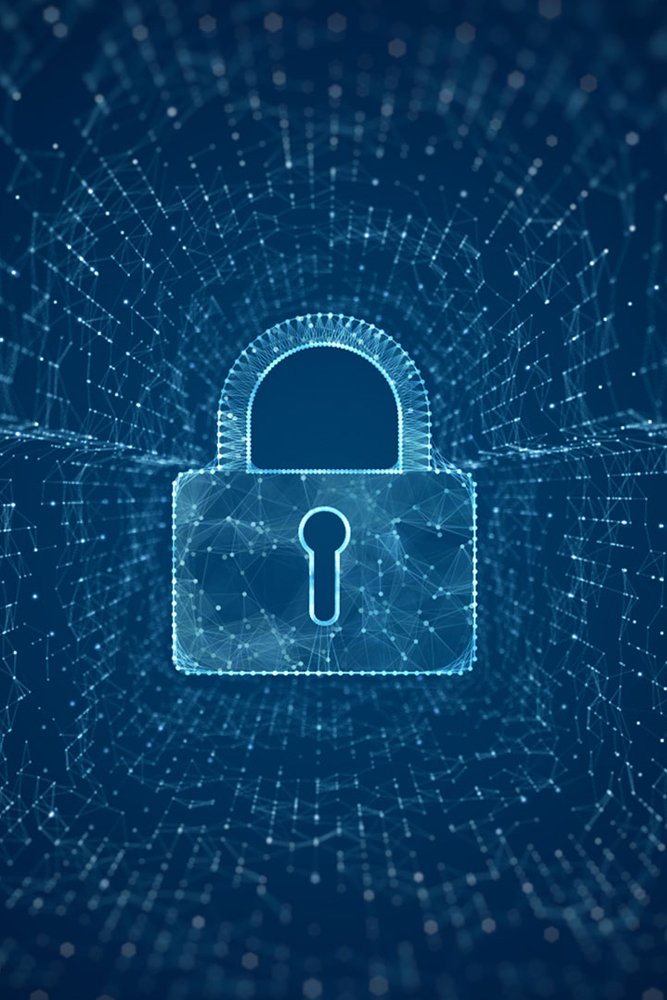At a very basic level, access control is a means of controlling who enters a location and when. The person entering may be an employee, a contractor or a visitor and they may be on foot, driving a vehicle or using another mode of transport. The location they’re entering may be, for example, a site, a building, a room or a cabinet.
We tend to call it physical access control to differentiate it from access control that prevents people from entering virtual spaces – for example when logging into a computer network. And, although one of its primary uses is to increase security, a physical access control system can offer many other benefits too. Including the improved efficiency of your business processes and site or building management.
What is an access control system?
The Security Industry Regulatory Agency (SIRA) was established in 2016 by a decree from HH Sheikh Mohammed Bin Rashid Al Maktoum, Vice President and Prime Minister of the United Arab Emirates and Ruler of Dubai. SIRA seeks to provide Dubai with the highest levels of safety and security through the implementation of international best practices in security systems, services and guards. SIRA protects lives and properties by suggesting new laws and regulations, applying smart systems, training security cadres and inspecting various types of facilities.

Why use an access control system instead of keys?
Mechanical keys are the simplest form of physical access control and the method many smaller organisations use. Even for a small company, however, using mechanical keys has several flaws and limitations – especially as an organisation gets bigger. Below are just some of the problems presented by using keys.
- People lose keys If someone loses a key, you need to replace the lock to make sure the lost key can’t be misused. You then need to distribute new keys to everyone who needs access to that door.
- Keys don’t leave an audit trail You can’t see if and when someone’s used a key, so you don’t know who’s entered or at what time.
- Keys are difficult to manage If someone needs to enter many different buildings and rooms, they’ll need a large number of keys, which are inconvenient to carry and use. It can be difficult to remember which key is for which door, but it’s too much of a security risk to label them.

Increased control and security
By using an electronic access control system, you can avoid the downsides of using mechanical keys and also gain much more control.
It will manage:
- Who has access
You may, for example, only want to allow automatic access to employees. Whereas you’d like visitors and contractors to report to the reception desk on arrival. - Which doors they have access to
You may want only some people to enter certain areas. For example, you only want technicians to be allowed in your labs. - What times they can gain access
Contractors and junior staff may only be allowed access during their standard shift pattern, whereas senior staff can enter the building at any time. - Under which conditions they’re allowed access
For example, you may set your system so contractors are only allowed access if it shows they’ve presented their certification.
What gives you even more control is that a good access control system lets you set these parameters for each individual. And you can quickly and easily update them whenever you need to.
It will also show you who’s accessed where and when so that, if there’s an incident, it’s easier to determine who might have been involved.
A variety of identifiers for access control solutions
Access cards are still the most common identifiers used in access control systems. You present your card to a reader and, if all the conditions stored in the system are met, you’re allowed to enter.
There are other options to cards, however, and some offer higher levels of security.
The key identification methods are:
- Something you have – such as an access card or badge or another type of identification tag.
- Something you know – for example a PIN or password.
- Something you are – biometric identifiers such as your fingerprint or iris.
Each identification method has pros and cons, so the method to choose depends on the situation. You might choose one method for external doors, for example, and another method for internal doors.
You can also combine two identification methods to increase your security standards. This is called verification – you use the first method to identify yourself and the second to verify that it’s you. So, for a room that holds valuable goods, you might ask people to use their access card for identification and then ask them to supply a PIN or present their fingerprint for verification.


Improve efficiency with integration
When it comes to deciding who has access to what, various departments are usually involved. This can include HR, facilities management and IT, as well as security. Often, these departments each have their own system that operates independently. This is inefficient though and can lead to mistakes that present significant security risks.
For optimum security and efficiency, all systems should be aligned. An access control system that has the ability to integrate with other systems can have the power to link everything together.